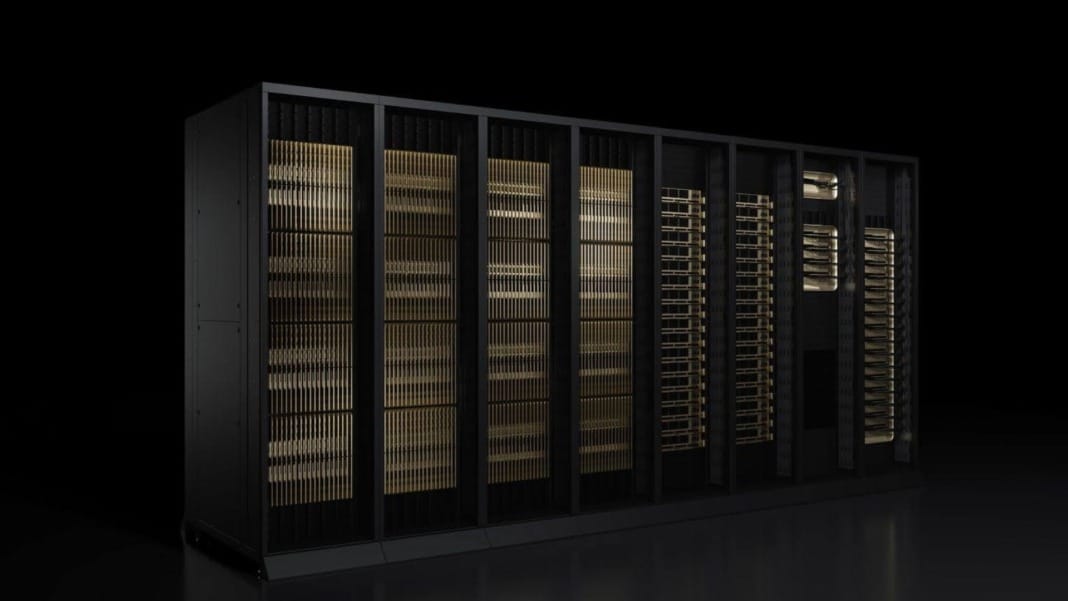Eaton has introduced a new reference architecture aimed at accelerating the adoption of 800 VDC power systems in artificial intelligence (AI) data centres. The intelligent power management company’s latest design, developed in collaboration with NVIDIA, is built to optimise and safeguard high-density computing environments. It marks a significant milestone in Eaton’s broader “grid-to-chip” strategy, which seeks to address the rapidly growing energy requirements of AI factories.
The surge in demand for AI workloads is driving data centre energy consumption beyond the capabilities of existing infrastructure. To address this, NVIDIA is working with power, silicon, and data centre partners to pioneer 800 VDC adoption, which promises greater scalability and energy efficiency. These next-generation systems integrate power distribution with energy storage, enabling them to handle megawatt-scale rack power while maintaining safety, reducing material use, and lowering infrastructure costs.
Advancing energy efficiency and scalability
Eaton’s new reference design integrates several of its power management solutions with NVIDIA’s AI infrastructure. These include supercapacitors that deliver rapid-cycle power backup, busbar-based power distribution technology aligned with the ORV3 design, and hot aisle containment systems that support busway and cable tray applications. The design also incorporates direct current connectors and additional components to enhance system resilience and performance.
“The introduction of 800 VDC architectures is a transformative advancement for data centre innovation that will enable new possibilities in AI computing,” said JP Buzzell, vice president and data centre chief architect at Eaton. “We’re proud to deepen our collaboration with NVIDIA with the introduction of this new reference design, a major step in our grid-to-chip strategy, as we help accelerate the transition to the AI factory of the future.”
Eaton’s grid-to-chip approach is a comprehensive framework that provides intelligent solutions across the entire data centre power chain. It encompasses power distribution, backup power systems, and digital technologies designed to optimise performance from the grid all the way to computing hardware.
Collaborations shaping the AI infrastructure of the future
The company’s efforts extend beyond its partnership with NVIDIA. Eaton is also collaborating with Siemens Energy to enable the rapid deployment of modular data centres equipped with on-site power generation. In addition, Eaton has developed an edge-based solution designed to detect and proactively mitigate power surges associated with AI workloads, further enhancing data centre reliability.
“Streamlined 800 VDC architectures enable AI infrastructure to meet rising workload demands while maximising energy efficiency,” said Dion Harris, senior director, HPC, Cloud and AI Infrastructure at NVIDIA. “NVIDIA’s collaboration with innovators like Eaton is paving the way for high-density computing environments built for the AI industrial age.”
With its new architecture, Eaton aims to help data centres overcome current power constraints and prepare for the demands of future AI applications. As AI continues to evolve and reshape industries, solutions like Eaton’s 800 VDC reference design will play a vital role in enabling data centres to scale effectively, operate more efficiently, and support the next wave of computing innovation.





